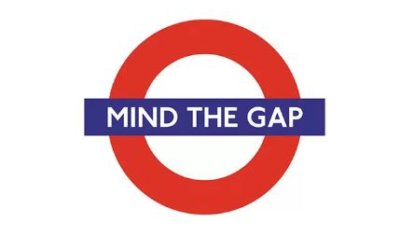As the higher education industry absorbed the impact of FASB pronouncements (changes in accounting standards) during the 1990s, many balked at adding a budget line for depreciation expense. Prior to those landmark changes, various “funds” were deployed to capture activity within the capital spending and financing arenas. It was common to call the payment of both principal and interest on debt an “expenditure.” The same treatment applied to annual capital spending on equipment, furnishings and renovations. In those days, in the quest to balance budgets, capital spending was too often the victim, leading to a mountain of deferred maintenance. Also, campus leadership could benefit from stretching out principal payments on debt, even if interest rates increased as a result.
Both of these practices were addressed by the new standards. Today. “depreciation” as a current expense tends to be given appropriate heed, recognizing the benefits of matching the using up of longer term assets over the years they provide service to the institution. Many also recognize the need for a capital budget, separated from operations, dedicated to improving and replacing long term assets. The benefit of capital spending these days is that it only affects the operating budget in the form of depreciation expense – a delayed expense that is annually but a fraction of the asset’s total cost.
Similarly, debt service payments now represent two components; interest which is charged currently as an operating expense and principal payments which merely represent a reduction of assets (cash) used to reduce a liability (long-term debt owed.) A reasonable pay-down of long-term debt over time is an indicator of improving financial health. Again, paying more on your debt does not constitute a greater expense. It will, however, result in lower interest expense going forward and does consume cash.
In light of the use of operating and capital budgets and the different treatment of capital spending, depreciation, principal and interest, I devised a new stewardship measure called the Capital Improvement Ratio or “CIR”. The goal was to demonstrate the comittment of the institution in its renewal efforts and in enhancing its overall financial health over time. The emphasis is on the level of cash, generated by annual operations, that is invested in capital items and the paying down of long term debt each year. Here is the breakdown of the CIR:
+ Net Capital Spending (new fixed assets less retirements or sales of fixed assets)
– (Change in Long-Term Debt)
= Net Capital Improvement
Net Capital Improvement divided by Depreciation Expense = the Capital Improvement Ratio
Ideally, the CIR is 1.2 or greater, recognizing that replacing depreciating assets typically requires current dollar spending in excess of what was spent when the retiring asset was new. A level of 1.2 or greater also recognizes the need to reduce long term debt over time.
Note that a year when long term debt increases and capital investments are minimal (say, refinancing with some added borrowings) can yield a negative CIR. Also, if a bunch is borrowed in anticipation of a capital spend, it can skew the ratio. In that case, you may want to offset the change in LTD by whatever is in an escrow fund awaiting spending on a project. The point here is that borrowing to spend on capital items gives you no benefit – the added capital spending is negated by the increase in long term debt.
How do you improve the ratio? First, generate an operating surplus, including the accommodation of depreciation expense. This should provide funds for capital and debt reduction spending. Second is to receive donations that are earmarked for capital projects. This allows you to invest in capital items without adding to your borrowings. Third is to avoid long-term borrowing, particularly if it is not for capital items. Added debt with little to show for it can destroy this ratio.
Now, it is recognized that there are situations when the institution has no choice but to borrow for capital improvements. When that is the case, another governing ratio is the relationship between operating revenues and long term debt. Healthy institutions have less than 50% of annual operating revenues in their long term debt balance. So, if your operating revenue budget is $40 million, long term debt should not exceed $20 million. If it does, put a pay-down plan in place to get it under that threshold.
By managing to these numbers and creating operating plans that improve ratios and relationships over time, an institution can regain or enhance its level of financial health. That is welcome always but is particularly beneficial when the next recession decides to visit.



